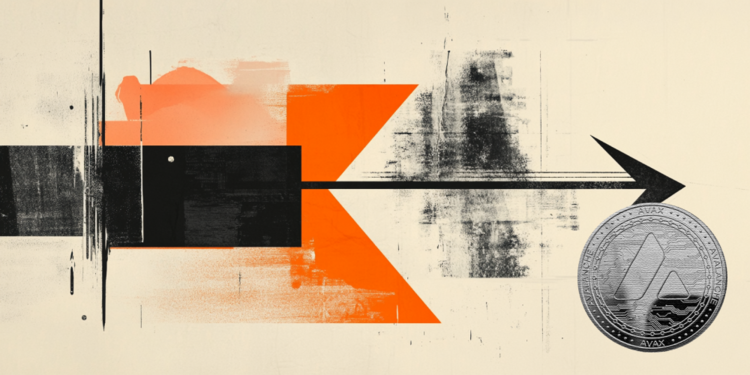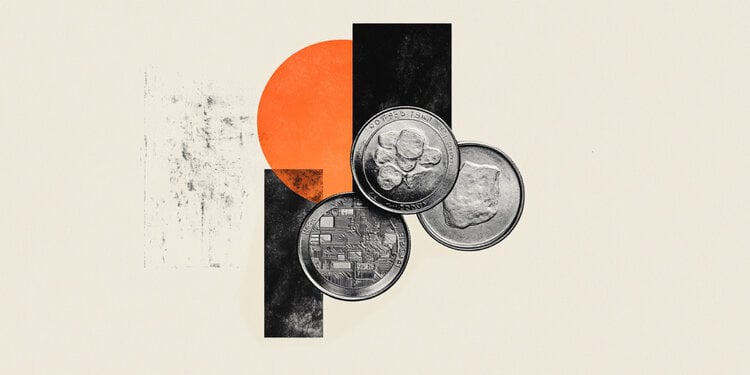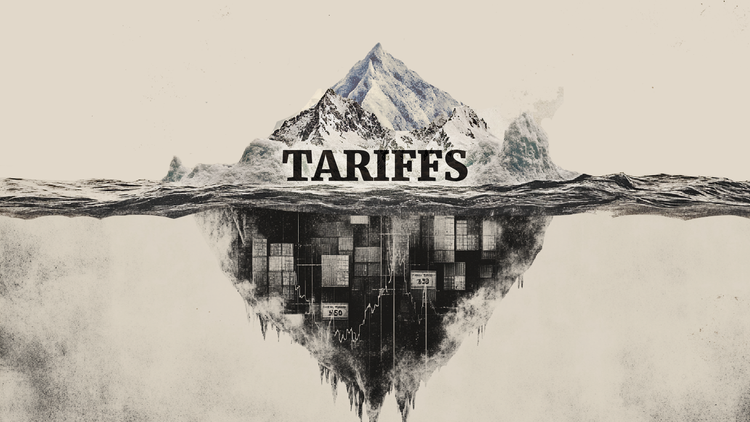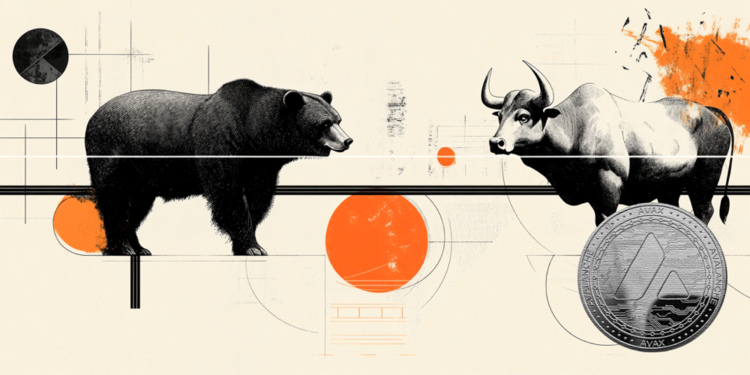Silver (XAG/USD) prices fell on Thursday, according to data from FXStreet. Silver is trading at $29.55 per troy ounce, down 0.39% from $29.67 on Wednesday.
Silver prices have increased by 16.02% since the beginning of the year.
| Unit of measurement | Today's price |
|---|---|
| Silver Price per troy ounce | $29.55 |
| Silver Price per gram | 0.95$ |
The Gold/Silver ratio, which shows the number of troy ounces of Silver needed to equal the value of one troy ounce of gold, stood at 80.74 on Thursday, up from 80.43 on Wednesday.
Investors could use this ratio to determine the relative valuation of Gold and Silver. Some may consider a high ratio as an indicator that silver is undervalued, or that gold is overvalued, and might buy silver or sell gold accordingly. Conversely, a low ratio could suggest that gold is undervalued relative to silver.
Frequently asked questions about Silver
Silver is a highly traded precious metal among investors. Historically it has been used as a reserve of value and means of exchange. Although less popular than gold, traders can turn to silver to diversify their investment portfolio, for its intrinsic value or as a possible hedge during periods of high inflation. Investors can buy physical silver, in coins or bars, or trade it through vehicles such as Exchange Traded Funds, which track its price in international markets.
Silver prices can fluctuate due to a wide range of factors. Geopolitical instability or fear of a deep recession can cause the price of silver to rise due to its safe haven status, although to a lesser extent than gold. As a non-yielding asset, silver tends to rise with lower interest rates. Its movements also depend on the behavior of the US dollar (USD) since the asset is quoted in dollars (XAG/USD). A strong dollar tends to keep the price of silver in check, while a weak dollar will likely drive prices higher. Other factors such as investment demand, mining supply – silver is much more abundant than gold – and recycling rates can also affect prices.
Silver is widely used in industry, particularly in sectors such as electronics or solar energy, as it has one of the highest electrical conductivities of all metals – more than copper and gold. An increase in demand can increase prices, while a decrease tends to reduce them. Dynamics in the US, Chinese and Indian economies can also contribute to price fluctuations: for the US and particularly China, their large industrial sectors use silver in various processes; In India, consumer demand for precious metal for jewelry also plays a key role in pricing.
Silver prices tend to follow the movements of gold. When gold prices rise, silver generally follows the same path, as their status as safe haven assets is similar. The gold/silver ratio, which shows the number of ounces of silver needed to equal the value of one ounce of gold, can help determine the relative valuation between the two metals. Some investors may consider a high ratio as an indicator that silver is undervalued, or gold overvalued. Conversely, a low ratio could suggest that gold is undervalued relative to silver.
Source: Fx Street
I am Joshua Winder, a senior-level journalist and editor at World Stock Market. I specialize in covering news related to the stock market and economic trends. With more than 8 years of experience in this field, I have become an expert in financial reporting.







